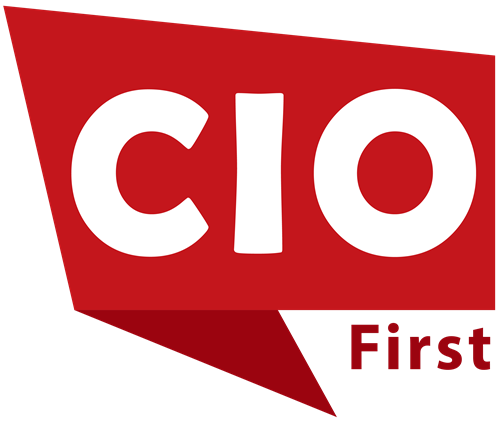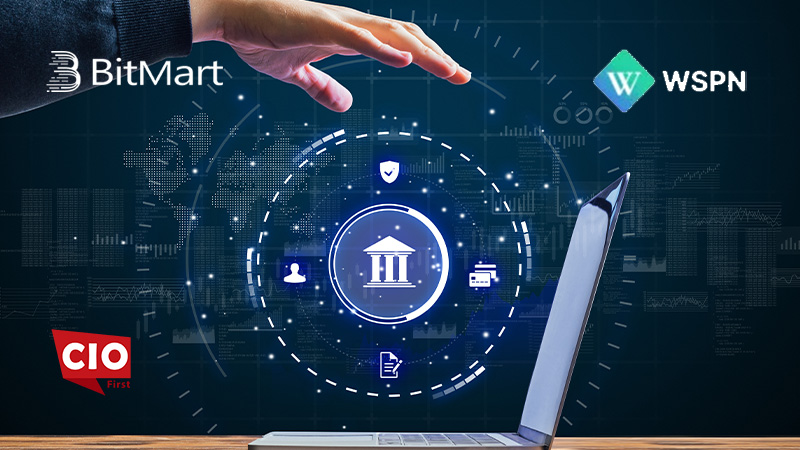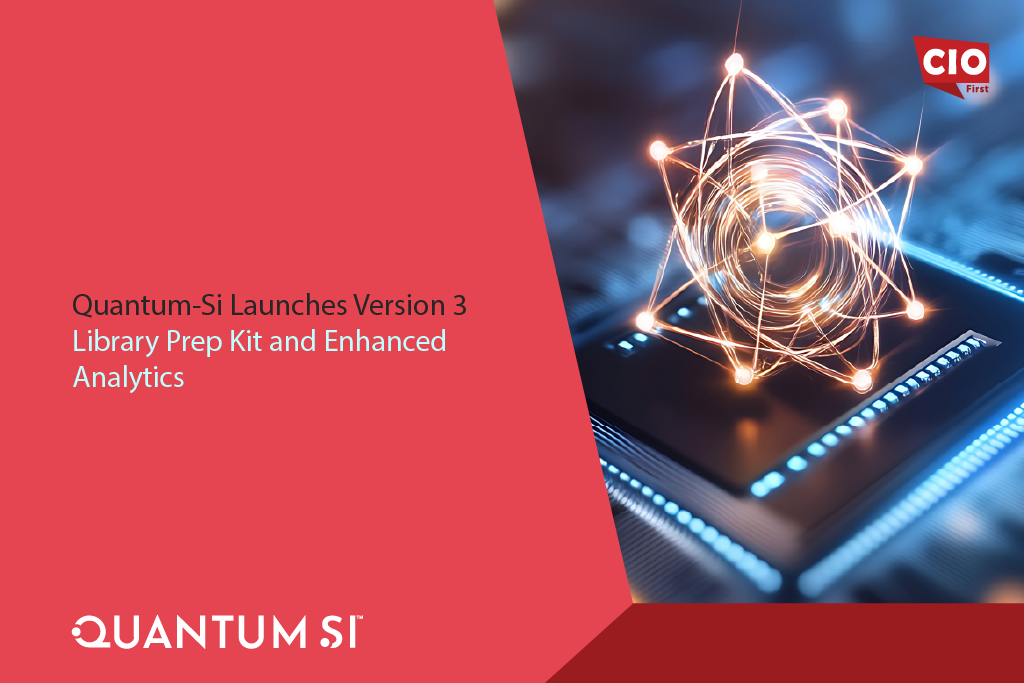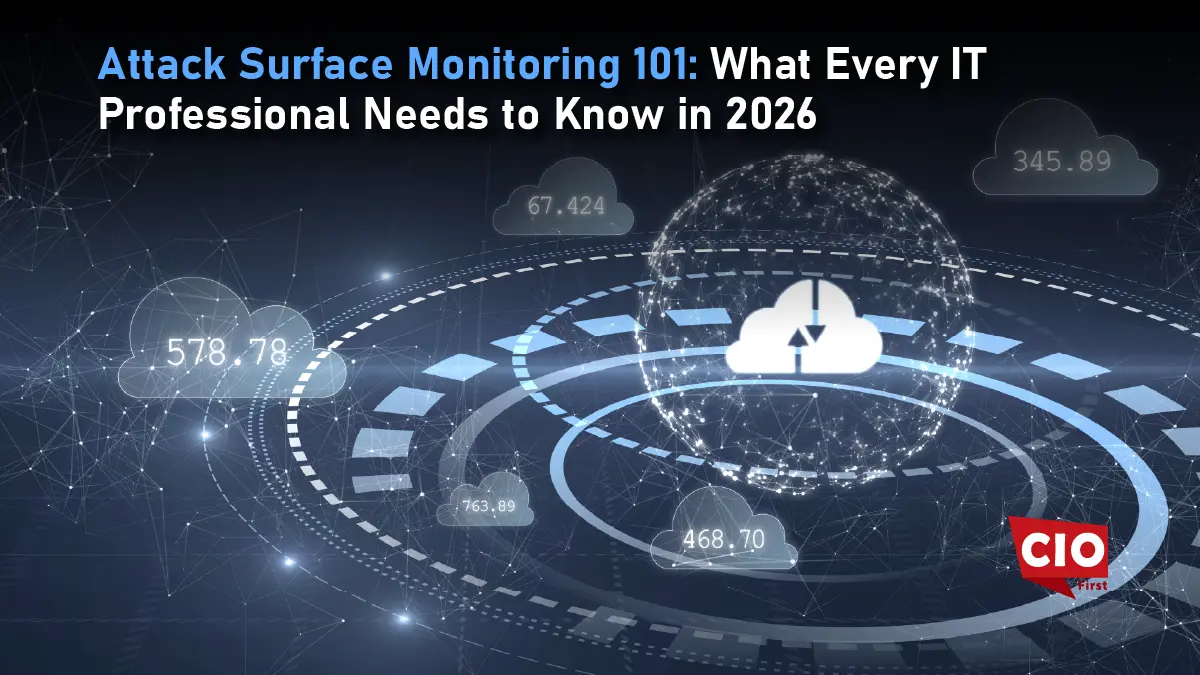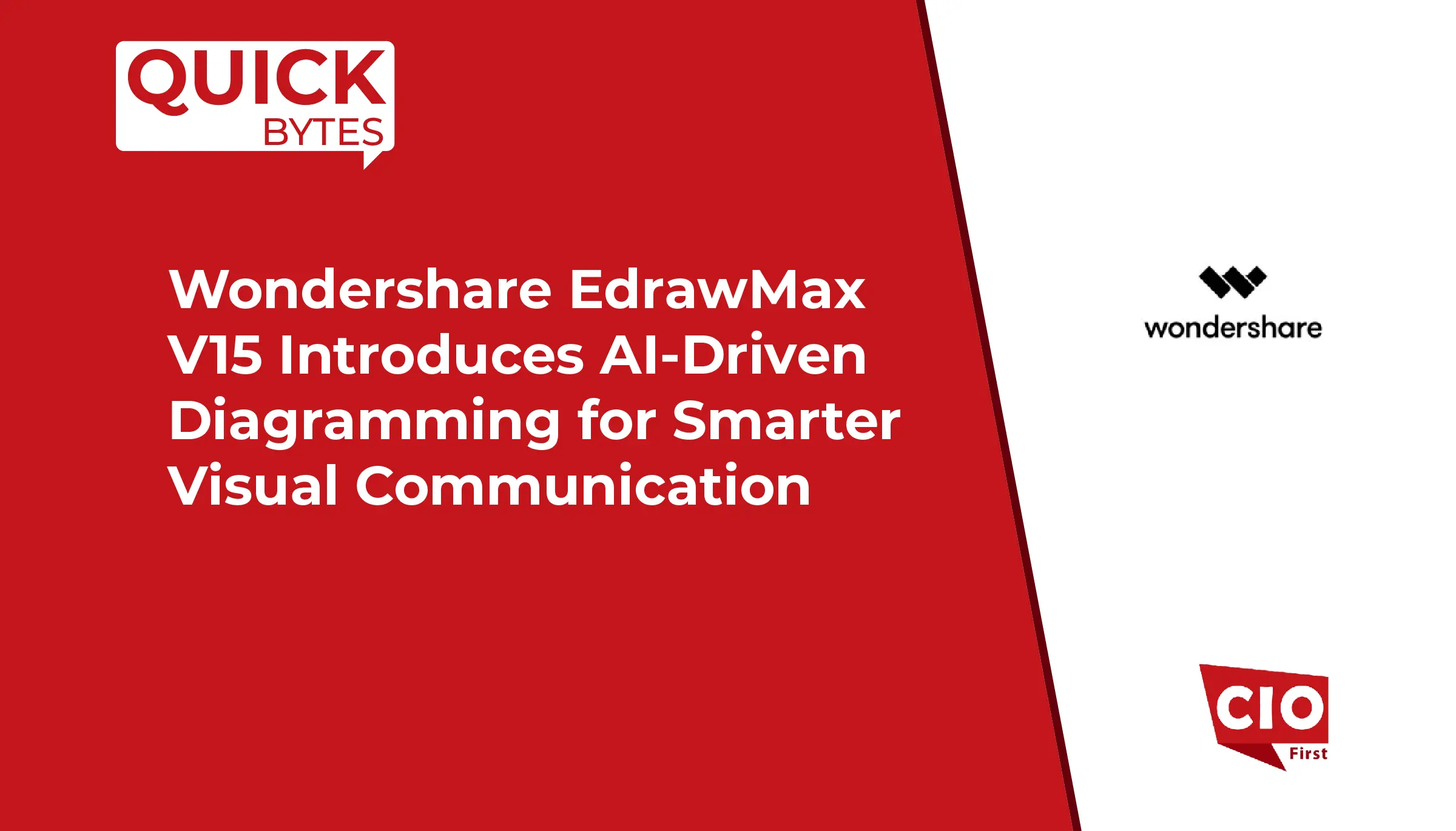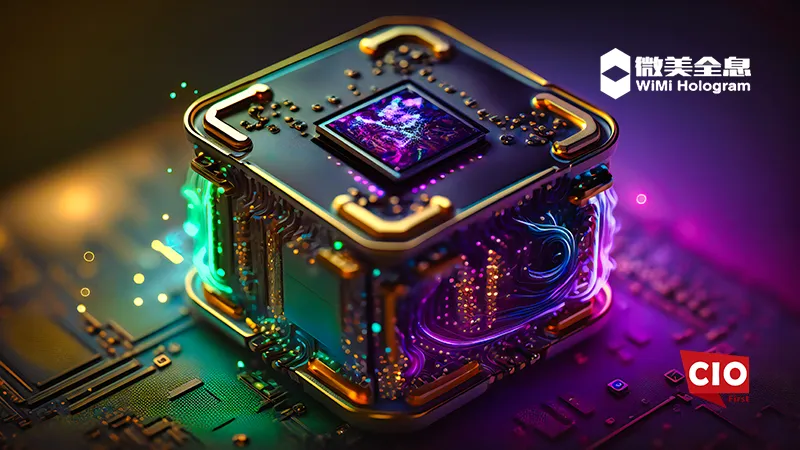WiMi Hologram Cloud Inc., a leading global Hologram Augmented Reality Technology provider, announced the development of an FPGA (Field-Programmable Gate Array)-based digital quantum computer verification technology, an innovative advancement that takes quantum computing to new heights.
WiMi has developed a new computing model, the “digital quantum computer,” in which quantum bits (qubits) are treated as discrete entities — finite state machines (FSMs), referred to as “digital qubits.” Digital qubits are operated on by specific digital quantum gates, whose behavior is similar to logic gates in classical computing, but with a design more closely aligned with the principles of quantum mechanics. WiMi’s digital qubits represent and manipulate quantum states in digital form, allowing them to be validated and implemented through traditional digital circuits.
FPGA, as a flexible hardware architecture, offers the capability of dynamic reconfiguration, making it an ideal platform for the implementation and verification of digital qubits. By implementing digital quantum gate chains in FPGA, it is possible to simulate and validate quantum computing behavior within a classical computing architecture. This approach not only provides repeatability and reliability but also significantly reduces the complexity and cost of hardware implementation.
WiMi has designed a prototype of digital qubits on FPGA, describing the transformation rules of their quantum states using Hardware Description Language (HDL). These quantum states are discretized into different digital states, and digital quantum gates are responsible for converting between these states. For example, a simple Hadamard gate chain was implemented on FPGA to simulate the state transition of qubits. This design validates the feasibility of the FPGA-based digital quantum computing model.
The digital quantum gate chain is a core component of WiMi’s digital quantum computer. By implementing these gate chains on FPGA, key operations in various quantum algorithms are simulated. For example, in the simulation of Shor’s algorithm, WiMi implemented a set of digital quantum gate chains that control non-trivial states. These gate chains are distributed across multiple logic units in the FPGA and enhance computational efficiency through parallel processing and pipelining techniques. Additionally, a FPGA-based verification platform is used to validate the digital quantum computer. On this platform, the behavior of digital qubits can be monitored in real-time, and interaction with classical computing systems is possible via external interfaces. This platform not only demonstrates the theoretical and simulation consistency of the digital quantum computer but also verifies its operability on actual hardware.
The behavior of digital qubits is described using a finite state machine. This model maps each quantum state to a discrete state and simulates state changes in quantum computing through state transitions. WiMi uses state diagrams to represent the possible states of each qubit and the transitions between them. This approach enables precise simulation of the behavior of qubits during operations.
When constructing digital quantum gate chains, different combinations of quantum gates are designed based on the specific requirements of quantum computations. For example, for Grover’s algorithm, WiMi designed a series of quantum gate chains that control state flips to accelerate the search process. Each gate chain consists of a series of logic gates, and when implemented on FPGA, optimized logic unit configurations are used to maximize computational efficiency and resource utilization.
Given the limited resources available on FPGA, efficiently utilizing these resources became a key challenge in the development of this technology. By optimizing the logical design of the gate chains, the usage of FPGA’s logic units was reduced, and computational efficiency was improved through timing optimization and parallel processing. Additionally, FPGA’s dynamic reconfiguration feature was leveraged to implement a reconfigurable digital quantum computing architecture.
WiMi’s FPGA-based verification platform provides an efficient and repeatable testing environment. Compared to traditional quantum computing simulators, this platform can more accurately capture the behavior of digital qubits and offers real-time debugging and monitoring capabilities. By digitizing quantum computing problems and implementing them using FPGA, the cost of hardware development is significantly reduced. Traditional quantum computer development often requires expensive quantum devices, while WiMi’s digital quantum computer can be implemented using existing FPGA hardware, effectively lowering the investment in experimental equipment. As a coprocessor, the digital quantum computer can seamlessly integrate with classical computing systems. Through FPGA-based interfaces, efficient collaboration between classical and quantum computing can be achieved, opening up broad application prospects for future hybrid computing systems.
As technology continues to evolve and mature, WiMi‘s FPGA-based digital quantum computing solution can be applied to a wide range of practical scenarios. The core advantage of quantum computers lies in their ability to handle complex computational tasks such as big data analysis, cryptography, and optimization problems, which are key areas in the current development of information technology. By integrating digital quantum computers with classical computing systems, this technology enables the creation of an efficient hybrid computing platform, leveraging the unique advantages of quantum computing for problems that classical computers cannot solve. At the same time, the flexibility and reconfigurability of FPGA make this platform highly adaptable to various computational needs, whether in research laboratories or industrial applications, offering broad prospects for practical deployment. As the digital quantum computer verification technology continues to mature, it will serve as a crucial driving force in the popularization of quantum computing, guiding the transition from theory to practical application and ultimately leading to a comprehensive revolution in computational science.
SOURCE: PRNewsWire
